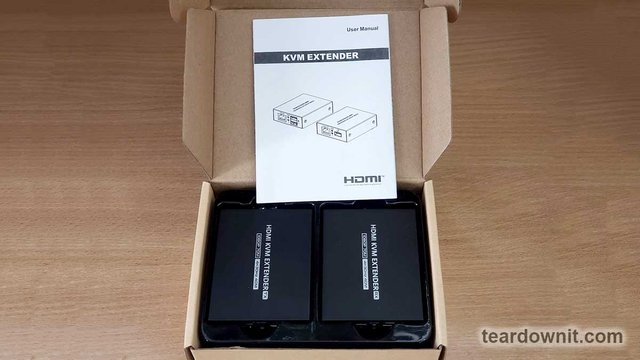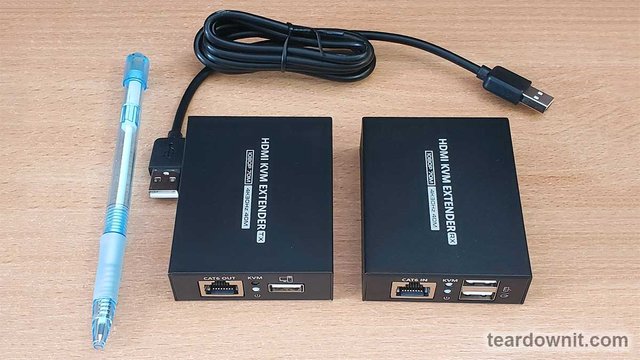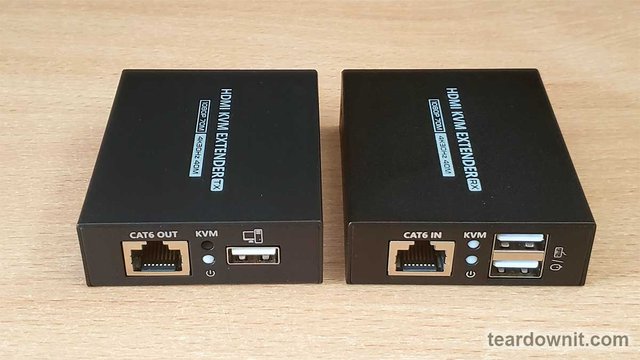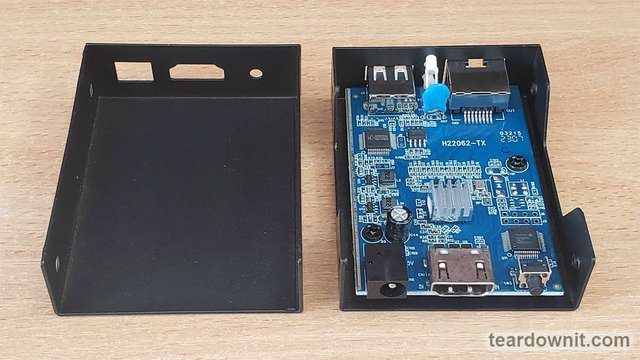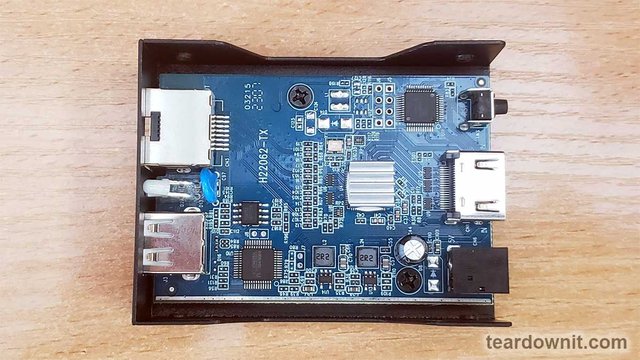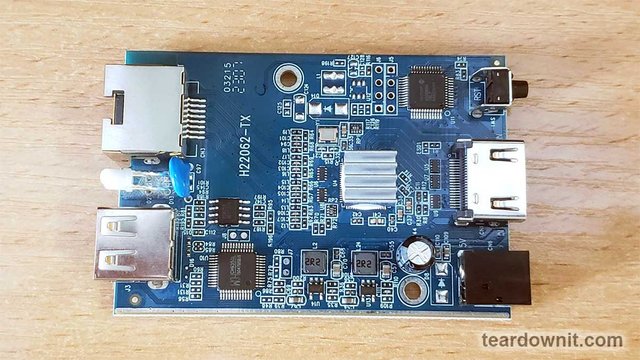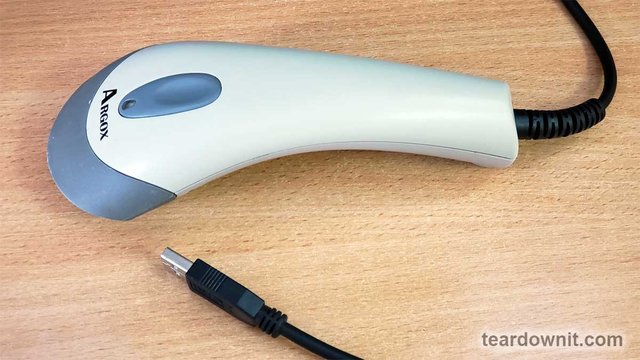Transmitting HDMI USB and HDMI KVM signals over twisted pair cable. What is the difference?
Introduction
HDMI twisted pair HDMI extenders are commonly used to extend the HDMI interface over long distances. This is a kit of transmitter and receiver that are connected to each other with twisted pair cable. Many manufacturers have the same design.
But what if you need to transmit an HDMI signal and a USB signal? There are many devices for such cases. They are called HDMI KVM or HDMI USB twisted pair extenders. Both device types have HDMI in/out and USB ports on the body. But the functionality, purpose, and price of these devices are different. Let's take a look at these differences.
HDMI KVM extenders
This is the most mass type of active extenders, which can transmit not only HDMI signal over twisted pair but also USB. We need to know that in this case, USB is used only for keyboard and mouse connection; that's why this extender type is called HDMI KVM. Where KVM stands for keyboard, video, and mouse (a common term).
Manufacturers so indicate to buyers that it is possible to connect a video device to their extenders for HDMI transmission, as well as a USB keyboard and USB mouse. The reason is the low speed of USB signal transmission. Manufacturers rarely display the supported USB version in the specifications. We assume that it is USB 1.1.
HDMI USB extenders
This is a less mass-produced extender type; in their specifications, you can see the USB version, which is usually 2.0, and it's a more universal extender type. You can connect flash drives, webcams, and USB headsets to such a device. But it is also a more expensive type of extender. If you only need to remotely connect a TV, keyboard, and mouse, you can limit yourself to buying an HDMI KVM extender.
Let's look at the first device type using the INRIKS EX2072KVM HDMI KVM extender as an example.
Main features INRIKS EX2072KVM
The INRIKS EX2072KVM is a twisted pair HDMI KVM transmitter and receiver kit that allows you to extend HDMI, USB keyboard, and USB mouse interfaces. The kit can transmit 1080p60Hz video up to 230 feet and 4K30Hz video up to 130 feet. The manufacturer does not specify the supported version of the USB port.
The manufacturer positions this kit as a basic one in the lineup of HDMI KVM extenders.
INRIKS EX2072KVM External checkup
Like most INRIKS equipment, the reviewed kit comes in a small cardboard box. You can find the transmitter, receiver, and manual in the blister top part.
The USB connection cable for connecting the transmitter to the controlled device (PC, DVR, etc.) and power adapters for the transmitter and receiver are under the blister.
The transmitter and receiver have small dimensions. Probably the most compact kit in the whole range of INRIKS HDMI KVM extenders.
HDMI, USB, and power connectors are very well matched to the cutouts on the case. Everything looks monolithic and reliable.
You can find the necessary HDMI, RJ45, USB, power adapter connectors, RESET button, and LED status indicators on the front and back sides.
The kit doesn't have removable brackets, which again indicates its position in INRIKS' HDMI KVM lineup.
The device's housing is made of thin metal. No, it's not flimsy and doesn't easily bend in your hands. In this case, we compare the metal thickness with the housings of senior INRIKS models.
Soldering is performed qualitatively without visible defects.
Performance testing
In the first step, we use 230 feet of CAT6 twisted pair, laptop, display, USB keyboard, and mouse to test the operation. After connecting the equipment, the remote display showed an image, and we could remotely control the laptop with the keyboard and mouse.
Video transfer and keyboard and mouse control are seamless. The average user will not feel the 230 feet of distance between him and his computer and a kit of accessories.
In the second step, we replaced the keyboard and mouse with a USB headset. The wonder did not happen. The headset repeatedly tried to connect to the computer through the tested extender. But the process continued. We assume the device lacked the data transfer speed or failed to match the USB versions.
We connected a USB barcode scanner with a USB1.1 interface in the third step. The system detected the device relatively quickly and started transmitting data without errors. Theoretically, instead of the barcode scanner, the user can connect to another low-speed device, for which USB version 1.1 is sufficient.
Instead of a conclusion
If you need to connect your TV, keyboard, and mouse to a remote PC or DVR, you just need to buy an HDMI KVM twisted pair extender.
Suppose you use a unique gamepad, USB headset, or webcam. In that case, you need an HDMI USB twisted pair cable extender with USB 2.0 or higher support. In rare cases, you need an extender with USB 3.0 support, but this device is rare. It may be easier to extend the HDMI signal separately and the USB 3.0 separately.


